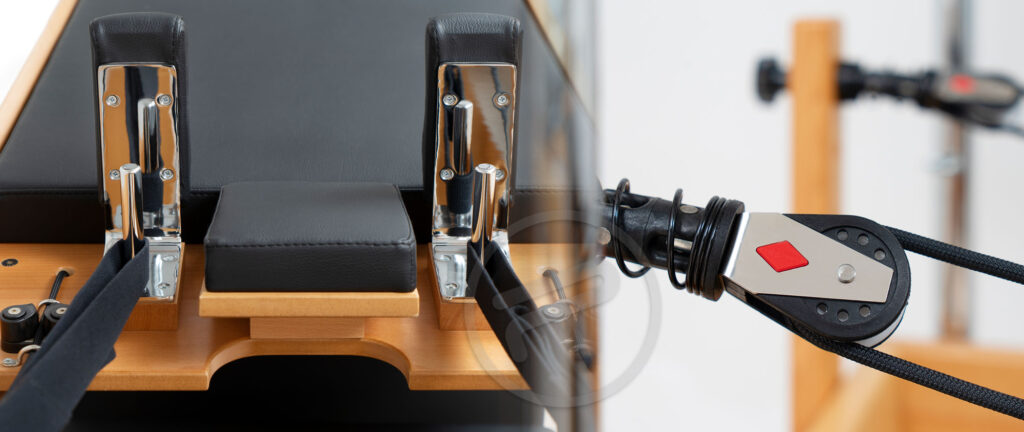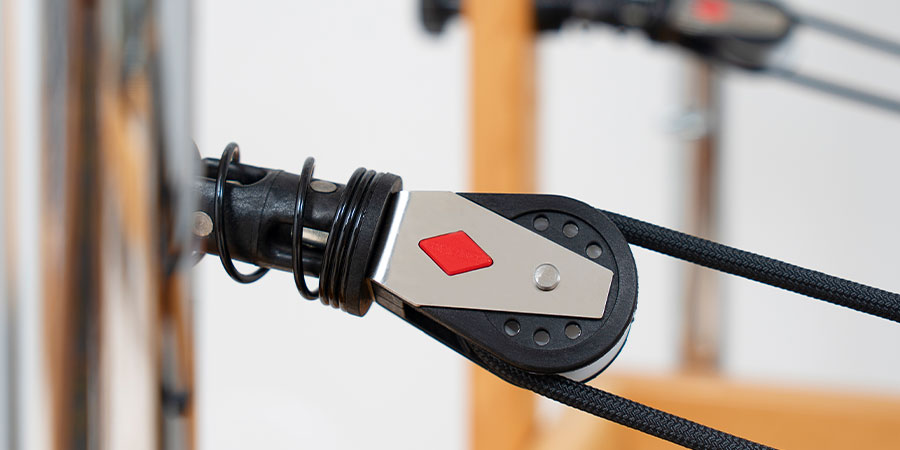Objective: The aim of this work was to analyze muscle strength in Pilates novices who used the Reformer equipment during twelve training sessions.
Methods: Twenty-four healthy young female volunteers, who were non-smokers and did not exercise regularly, were split into a control group (mean age 28 ± 4 years and BMI 24.55 ± 3.21 kg/m2) and a training group (mean age 29 ± 4 years and BMI 22.69 ± 2.87 kgm2). The data were checked for normality using the Kolmogorov-Smirnov test, and were then analyzed using the t-test (p < 0.05).

Results: After the training sessions, there were statistically significant differences between the groups for the scapular stabilizer muscles (p = 0.0263) and the lumbar muscles (p = 0.0001). For the scapular stabilizers, the initial/final values were 14.69 ± 2.80/14.79 ± 2.89 (control group) and 15.99 ± 3.54/17.44 ± 2.88 (Pilates group). The corresponding values for the lumbar muscles were 53.83 ± 11.66/53.28 ± 11.14 (control group) and 54.75 ± 10.27/64.80 ± 10.20 (Pilates group).
Conclusion: After twelve sessions of Pilates with the Reformer equipment, there were improvements in lumbar extensor and scapular stabilizer strength. Several benefits are reported by practitioners of Pilates, but until now, there has been limited scientific evidence of the improvement of strength in the trunk and limbs after application of the technique.








